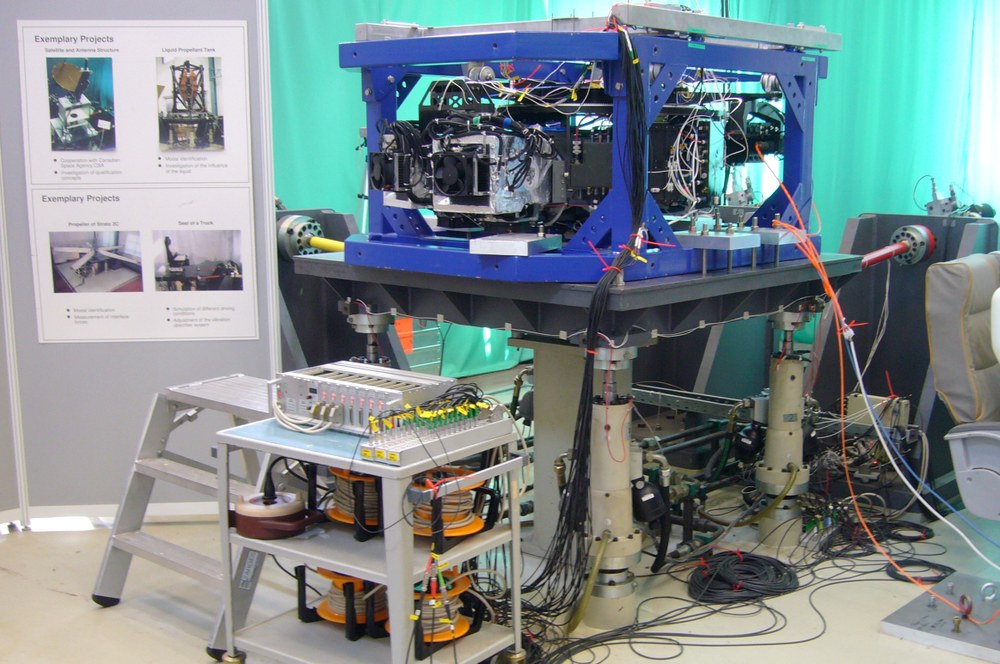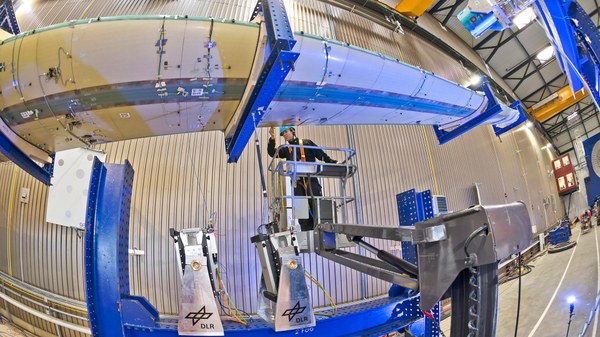Structural Dynamics and System Identification
The Department of Structural Dynamics and System Identification deals with the dynamics and vibrations of structures in aeronautics and space travel. Through numerical analyzes and experimental investigations, essential mechanisms of the vibrations are recognized and cause-effect relationships are understood. Efficient measures for damping and influencing vibrations are developed with the help of numerical simulations. The system identification is used for the construction of mathematical substitute models of real technical systems.


